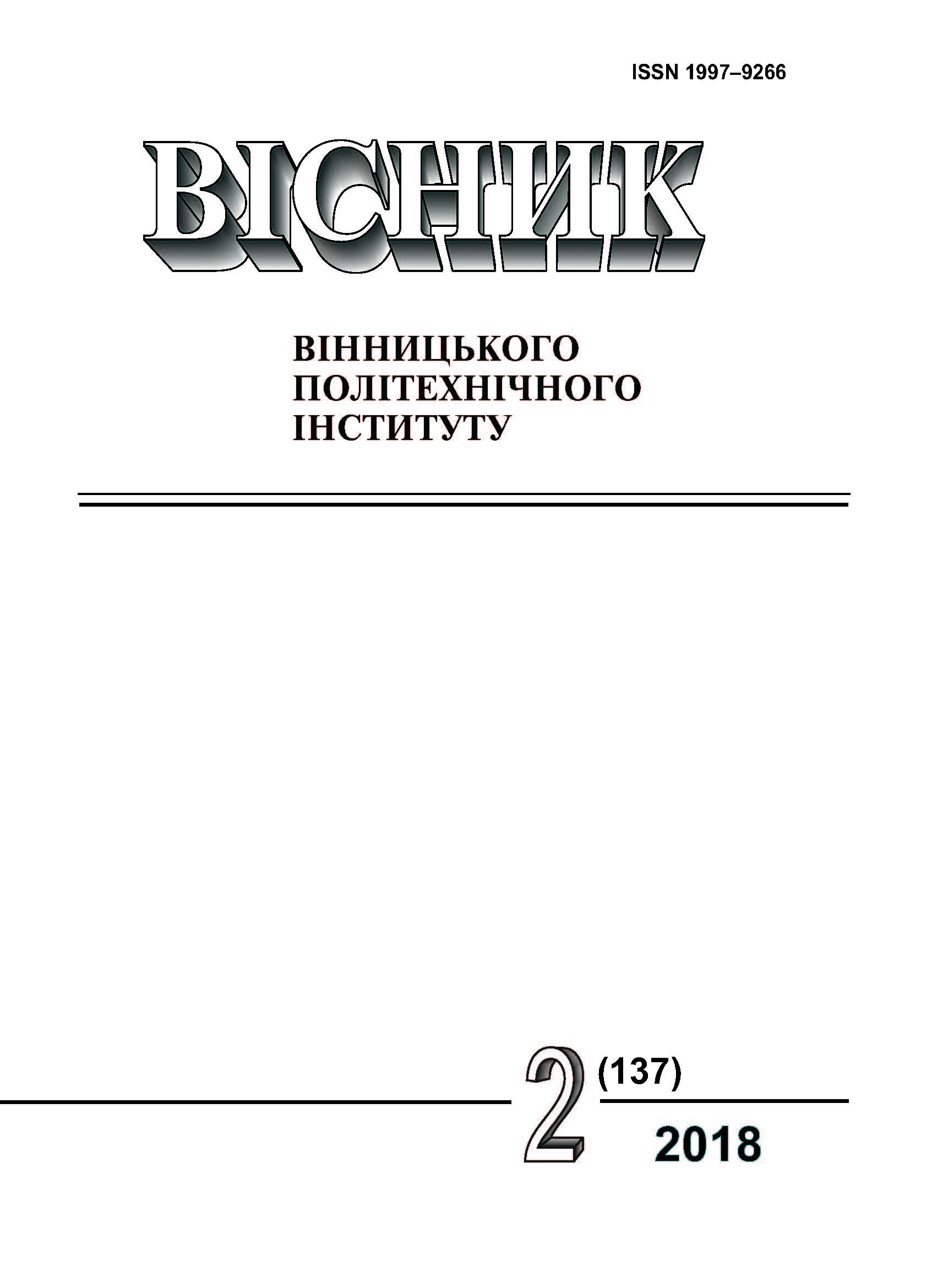Automatic Load Transfer of the Back-Up Power Supply Line of the Nuclear Power Plant Own Needs
Keywords:
microprocessor relay protection devices, digital I/O blocks, automatic data acquisition and transferAbstract
The principles of construction of the intellectual automatic load transfer of the backup power supply line of the nuclear power plant own needs has been considered. The algorithms of the backup power supply line automatic load transfer for Zaporizhzhia NPP (nuclear power plant) are proposed as a component of the ARGON automatic data acquisition and transfer system.
At the moment, backup power supply line (6,3 kV feeder inputs and sectional switches) are not equipped with an automatic load transfer system. This leads to the need for manual control of the switches of the backup power supply lines in the event of the disappearance of the reserve voltage, which, taking into account the human factor, can have the following negative consequences: a large interruption in the supply of their own needs mechanisms with the subsequent unsuccessful self-starting of electric motors, a possible non-synchronous switching of different reserve power transformers on one bus, may lead to switch onto fault, and others. As a result, the high probability of stopping one or more blocks, which, taking into account their capacity (1000 MW each), can lead to catastrophic consequences in the united power system of Ukraine.
In this article, the authors present an algorithm of work intellectual automatic load transfer for one of the base circuits, which involves the switching on a backup power supply line sectional switch in the event of a voltage drop or shutdown of the working input of reserve power transformer of the own needs. In this article we consider one of the normal schemes of backup power supply lines — two main power transformers are on and one is turned off. The automatic load transfer must shut off feeder input (if it is not already disconnected) and turn on the sectional switch. As a result of the work there are 2 cases — automatic load transfer is successful, or it is unsuccessful.
The use of the automated load transfer system ARGON will allow the following:
1. The level of information provision of relay and operational personnel of the Zaporizhzhia NPP will be considerably increased due to the use of modern micro-processor based relays, digital multimeters and discrete input/output devices as information sensors.
2. To increase the reliability of functioning of the system of own needs of the Zaporizhzhia NPP, to reduce the time of loss of power by the responsible mechanisms of the own needs, to significantly reduce the incidents of emergency switching devices of backup power supply lines.
References
О. С. Яндульський, О. О. Дмитренко, та В. В. Заколодяжний, «Сумісне використання автоматизованих систем MicroSCADA та АСЗІ МП АРГОН в АСУ ТП» Інформаційні технології та комп’ютерна інженерія, № 1 (35), c. 64-68, 2016.
О. С. Яндульський, та О. О. Дмитренко, Релейний захист. Цифрові пристрої релейного захисту, автоматики та управління електроенергетичних систем. Київ: НТУУ «КПІ», 2016, 102 с. [Электронный ресурс].
О. Є. Чеботарьова, та П. М. Хмельовський, ЗАЕС. АВР магістралей резервного живлення та автоматизована система збору інформації і управління вимикачами 6 кВ, том 1, книга 3. Одесса, 2015. З/П-13935-2015-01-ПЗ.3.
В. М. Лагутін, В. В. Тепля, та С. Я. Вишневський, Власні потреби електричних станцій. Вінниця: ВНТУ, 2008, 102 с.
Downloads
-
PDF (Українська)
Downloads: 272
Published
How to Cite
Issue
Section
License
Authors who publish with this journal agree to the following terms:
- Authors retain copyright and grant the journal right of first publication.
- Authors are able to enter into separate, additional contractual arrangements for the non-exclusive distribution of the journal's published version of the work (e.g., post it to an institutional repository or publish it in a book), with an acknowledgment of its initial publication in this journal.
- Authors are permitted and encouraged to post their work online (e.g., in institutional repositories or on their website) prior to and during the submission process, as it can lead to productive exchanges, as well as earlier and greater citation of published work (See The Effect of Open Access).





